Across the vast tapestry of Native American cultures, few creatures have captured the imagination quite like the snake. Sinuous and mysterious, these reptiles have slithered their way into the spiritual iconography of indigenous peoples from the northern plains to the southern deserts. Snakes represent a fascinating paradox in Native American symbolism – simultaneously feared and revered, associated with both life-giving powers and deadly intentions. Their ability to shed their skin and emerge renewed has made them powerful symbols of transformation and rebirth, while their connection to both the earth and the underworld has established them as messengers between realms. This profound symbolic versatility has ensured the snake’s prominent place in creation stories, healing practices, and spiritual ceremonies across diverse tribal traditions throughout North America.
The Duality of Serpent Symbolism
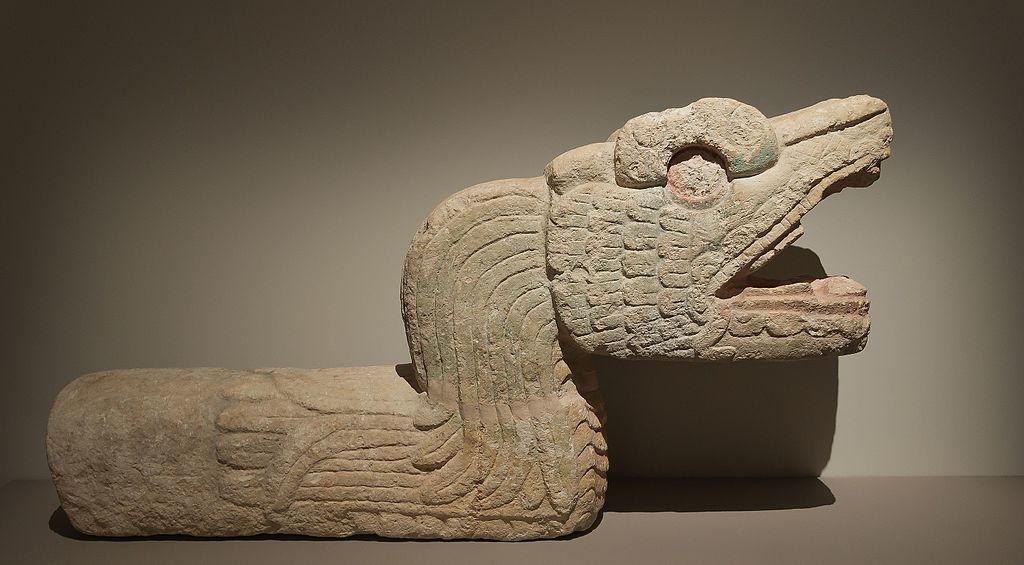
In many Native American traditions, snakes embody a profound duality that reflects the complementary forces of nature. The Pueblo peoples view the serpent as both a bringer of rain and fertility while simultaneously respecting its potential danger – a perfect embodiment of nature’s capacity for both nurturing and destruction. This duality appears in numerous tribal perspectives, with snakes often representing the delicate balance between life and death, creation and destruction. The Hopi’s reverence for the rattlesnake demonstrates this balance, as they incorporate these potentially deadly creatures into rainmaking ceremonies that sustain life in the arid Southwest. The snake’s ability to represent opposing forces simultaneously makes it an unusually powerful symbol capable of conveying complex spiritual concepts that transcend simple categorization as either beneficial or harmful.
The Snake in Creation Myths
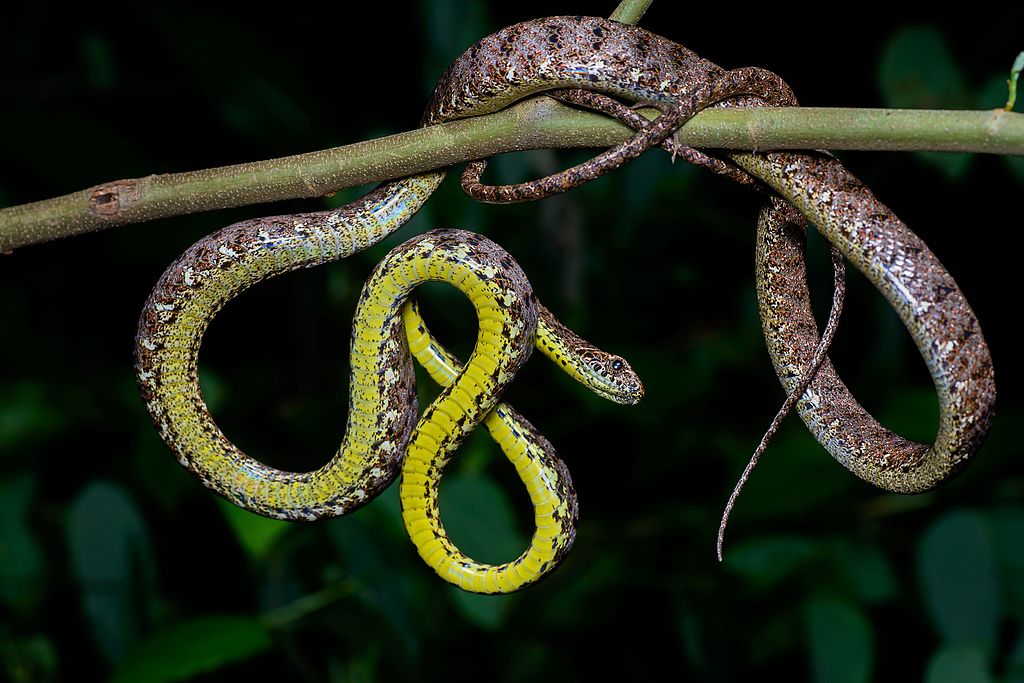
Creation stories featuring serpents emerge in numerous tribal traditions, often positioning these creatures as primordial beings present at the world’s formation. The Lakota Sioux speak of Unktehi, a great serpent who battled the thunderbirds during the world’s creation, while the Cherokee tell of a giant horned serpent whose defeat was necessary for their people to thrive. In many Southwestern traditions, the Horned or Plumed Serpent plays a crucial role in bringing humans into the current world or establishing the social order. The Zuni describe Kolowisi, a horned water serpent who guided the first people from the underworld to the surface. These creation narratives establish snakes as beings of ancient power and primordial knowledge, connecting modern ceremonial practices to the very origins of existence and tribal identity.
Snakes as Guardians of Knowledge
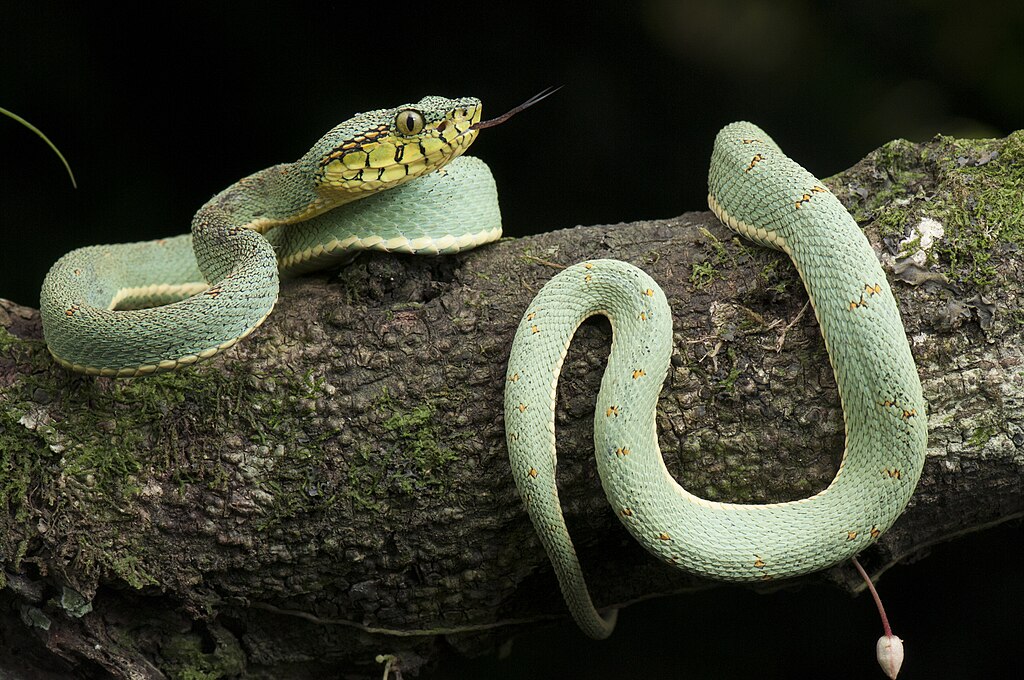
Throughout numerous Native American cultures, serpents have been regarded as keepers of sacred wisdom and guardians of special knowledge. The Ojibwe tradition includes stories of Mishiginebig, a great horned serpent who possesses profound spiritual knowledge that can be both beneficial and dangerous to humans. Many tribal traditions portray snakes as beings who understand the secrets of medicine, healing, and the natural world – knowledge they sometimes share with humans through dreams or visions. Medicine people in various tribes have reported receiving healing knowledge directly from serpent spirits who appeared to them during vision quests or other spiritual practices. This association between snakes and specialized knowledge likely stems from their mysterious nature, underground dwelling habits, and their apparent ability to navigate between worlds – characteristics that position them as creatures with access to hidden realms of understanding.
The Transformative Power of Shedding Skin
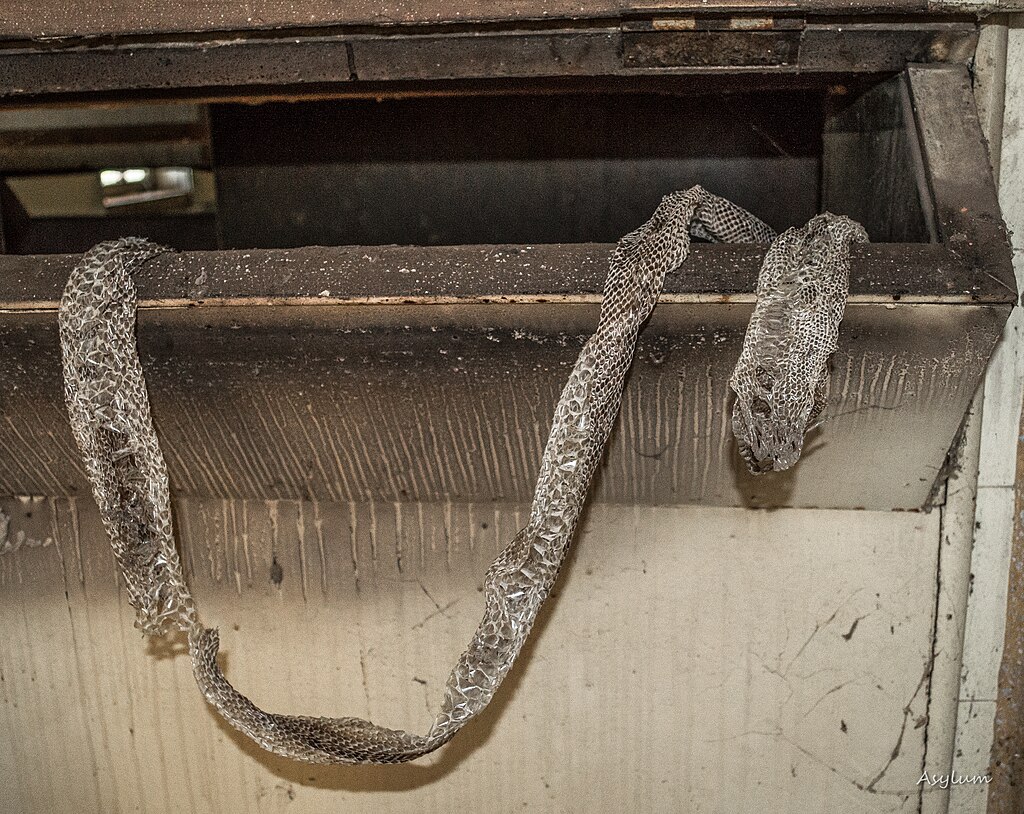
Perhaps no characteristic has influenced snake symbolism in Native American traditions more profoundly than the serpent’s ability to shed its skin and emerge renewed. This remarkable biological process created a natural symbol for transformation, rebirth, and regeneration that resonated deeply with indigenous spiritual beliefs. Many tribes incorporated this symbolism into coming-of-age ceremonies, where young people were understood to be shedding their childhood identities and emerging into new adult roles within their communities. The Navajo (Diné) consider snakeskin a powerful medicine precisely because it represents this transformative capacity, sometimes using it in healing ceremonies meant to help individuals overcome illness or difficult life transitions. The concept of renewal through shedding extends beyond individual transformation to encompass seasonal cycles, with some tribal traditions connecting snake symbolism to agricultural renewal and the seasonal rebirth of the natural world.
The Great Horned Serpent Traditions
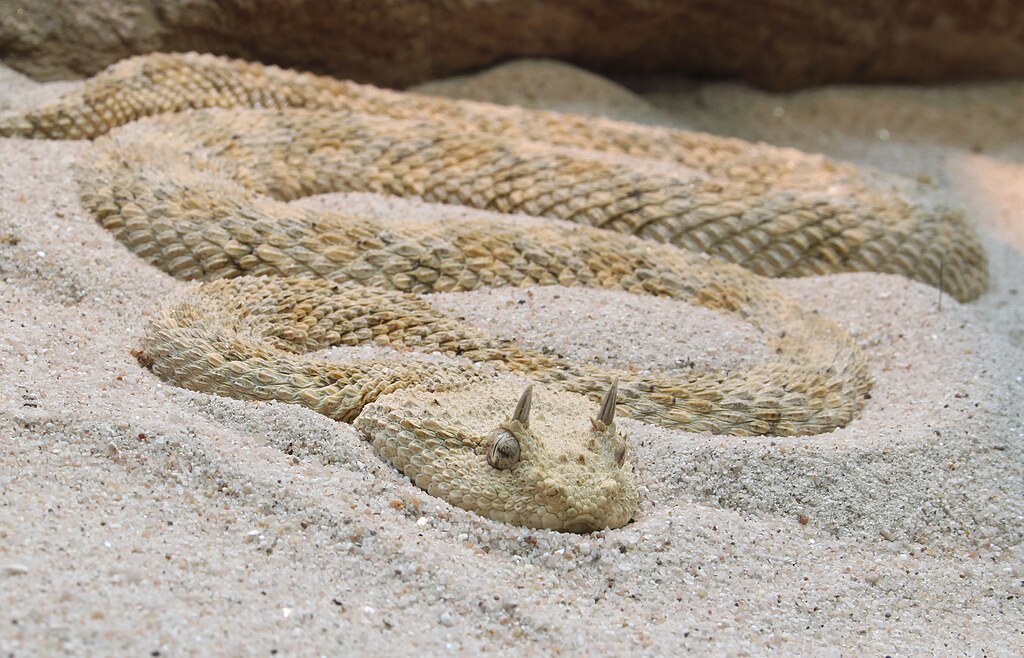
The Horned or Plumed Serpent represents one of the most widespread and enduring serpent symbols across Native American cultures, appearing in traditions from the Great Lakes to the Southwest and beyond. Among the Lakota, Unhcegila is a fearsome horned water serpent associated with floods and destruction, while the Ojibwe describe Mishiginebig as a powerful underwater serpent who must be respected through proper offerings. In the Southwest, the Hopi and other Pueblo peoples venerate Palulukan, a horned water serpent associated with springs, rain, and fertility who must be honored to ensure agricultural success. The Maya’s Kukulkan and the Aztec’s Quetzalcoatl represent more southern expressions of this same symbolic complex, suggesting the deep antiquity and widespread cultural significance of horned serpent imagery throughout indigenous North America. This remarkable consistency across diverse cultures points to the horned serpent’s profound symbolic power and its connection to fundamental aspects of human experience with the natural world.
Snakes in Healing Traditions

Many Native American healing traditions incorporate snake symbolism, drawing on the serpent’s associations with renewal, transformation, and hidden knowledge. The Navajo (Diné) healing ceremonies sometimes include snake imagery or references, connecting the patient to the snake’s regenerative powers and its ability to move between worlds. Traditional healers from various tribes have reported receiving medicinal knowledge directly from snake spirits, who reveal the properties of healing plants or specific ceremonial procedures necessary for curing particular ailments. Some tribal traditions include the use of actual snakeskin or representations of snakes in medicine bundles and healing rituals, drawing on the protective and transformative qualities associated with these creatures. The connection between snakes and healing likely stems from multiple symbolic associations: their knowledge of the earth where medicinal plants grow, their regenerative shedding process, and their ability to deliver both venom (harm) and medicine (healing) – a duality that mirrors the healer’s power to understand both sickness and cure.
Snakes as Weather Beings

Throughout numerous Native American traditions, particularly in the arid Southwest, snakes hold profound associations with water, rain, and weather patterns that sustain life. The Hopi Snake Dance represents one of the most well-documented ceremonial connections between serpents and rainfall, with live rattlesnakes being respectfully handled and then released to carry prayers for rain back to the spirit world. Many Pueblo peoples describe horned water serpents as dwelling in springs and controlling water flow, requiring proper respect and offerings to ensure continued access to this precious resource. The zigzag pattern of a snake’s movement resembles lightning, creating natural symbolic connections between serpents and thunderstorms in the iconography and oral traditions of tribes across the continent. This association between snakes and life-giving rainfall highlights the complex symbolic nature of serpents – creatures that may be feared individually but whose spiritual essence is connected to the continuation of life itself.
Serpent Imagery in Art and Artifacts
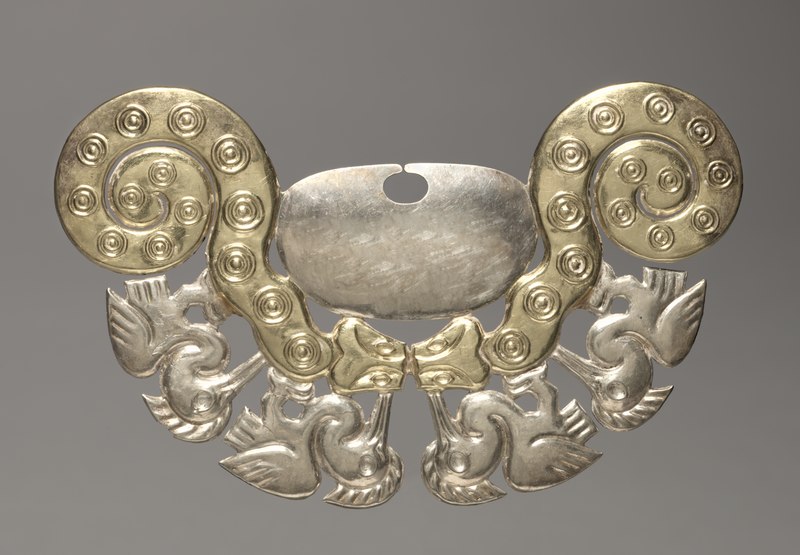
Snake symbolism appears prominently in Native American material culture, from ancient effigies to contemporary artistic expressions. The Great Serpent Mound in Ohio, a massive earthwork constructed over a thousand years ago, represents one of the most dramatic physical expressions of serpent symbolism, measuring nearly a quarter-mile in length and aligning with astronomical events. Hopi pottery frequently features stylized horned serpent designs, while Southeastern ceremonial objects from the Mississippian period (800-1600 CE) include numerous serpent motifs associated with the Underworld and spiritual power. The coiled snake became a common motif in basket designs among various tribes, often symbolizing the cyclical nature of life or representing specific serpent beings from tribal traditions. Contemporary Native American artists continue to incorporate snake imagery into their work, reinterpreting ancient symbols through modern artistic expressions while maintaining connections to traditional meanings and cultural contexts.
Snakes as Boundary Crossers
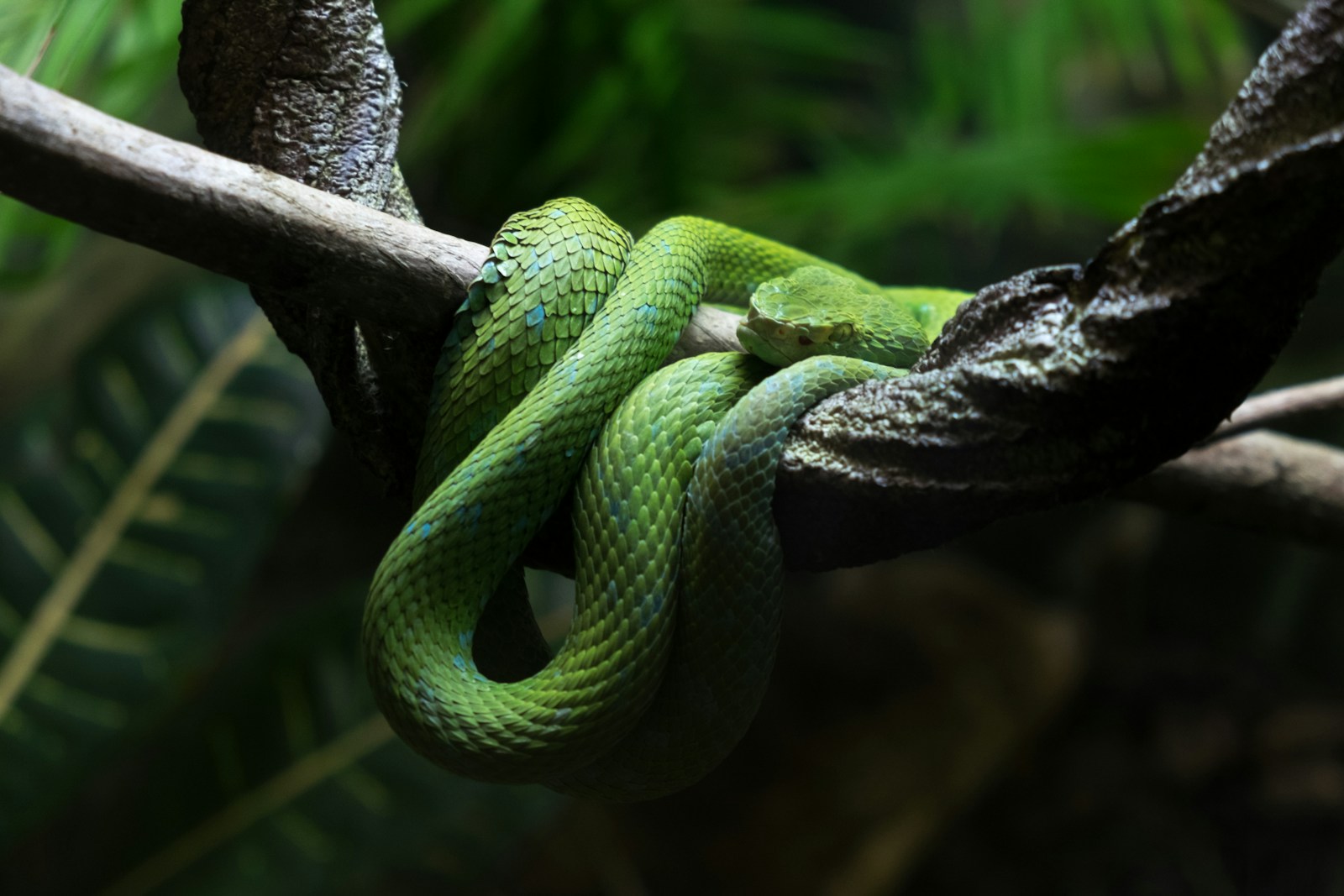
In many Native American spiritual traditions, snakes occupy a unique position as creatures capable of traversing boundaries between worlds. Their ability to move between land and water, to dwell both above and below ground, positions them as natural mediators between different realms of existence. The Lenape (Delaware) tradition includes underwater serpents who can move between aquatic realms and the surface world, serving as messengers between these domains. Many tribal stories describe snake beings who can travel between the everyday world and spiritual realms, sometimes carrying messages or escorting human souls. This boundary-crossing capacity makes snakes particularly significant in ceremonies designed to communicate with other realms or spiritual entities, where they may be invoked as guides or messengers. The serpent’s liminal nature – neither fish nor land animal, capable of inhabiting multiple environments – creates a powerful symbol for spiritual traditions concerned with the connections between visible and invisible aspects of existence.
The Rattlesnake’s Special Significance
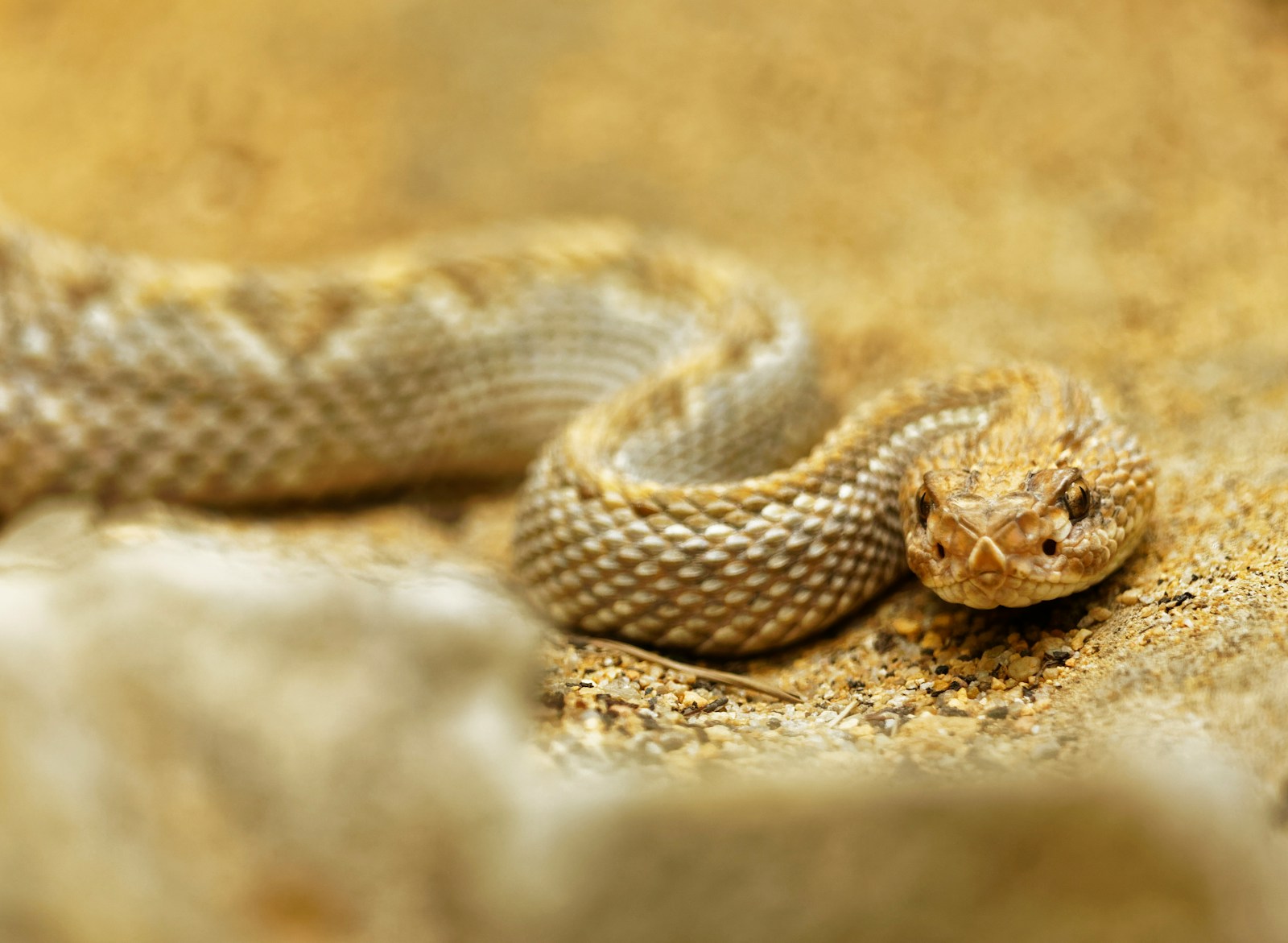
Among the many snake species that appear in Native American symbolism, the rattlesnake holds a position of particular prominence and respect across numerous tribal traditions. The Hopi Snake Society centers much of its ceremonial activity around rattlesnakes, collecting them for the famous Snake Dance ceremony and treating them with elaborate ritual care and respect. Several Plains tribes incorporated rattlesnake symbolism into warrior societies, drawing connections between the snake’s defensive warnings, deadly precision, and protective instincts. The distinctive warning rattle gave these snakes a special status as honorable enemies who announce their presence rather than striking without warning – a characteristic respected and emulated by warriors. Many tribes considered the purposeful killing of rattlesnakes taboo outside of specific ceremonial contexts, believing that these powerful beings warranted particular respect and that harming them unnecessarily could bring misfortune or disrupt the balance between humans and the natural world.
Snakes in Gender and Sexuality Symbolism
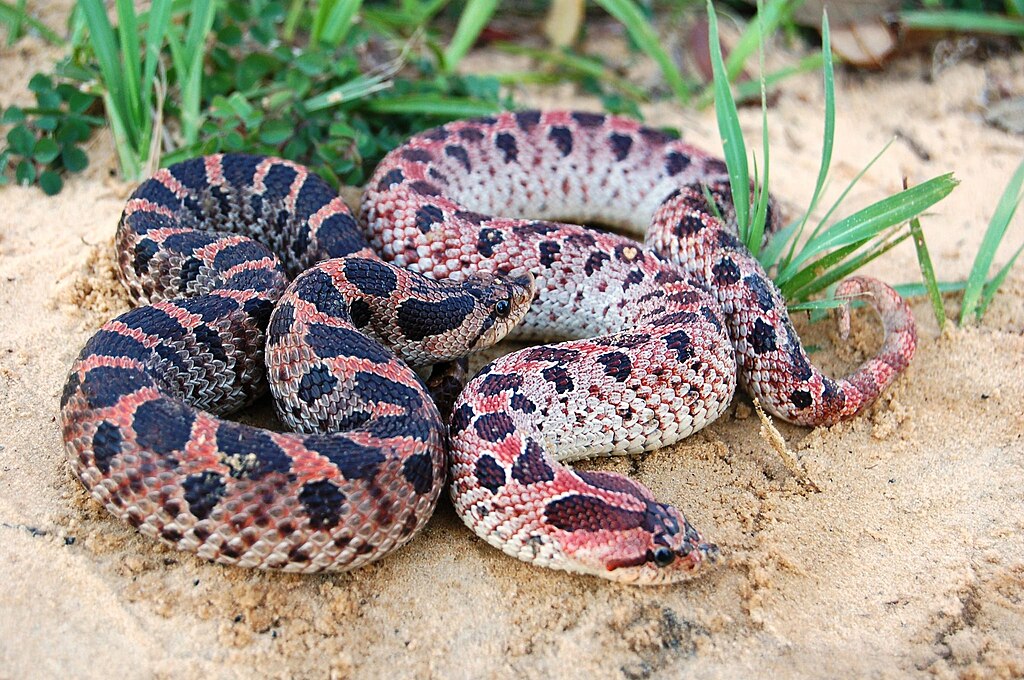
Throughout many Native American traditions, snake symbolism intertwines with concepts of gender, fertility, and sexuality in complex and sometimes contradictory ways. The phallic shape of snakes created natural associations with male generative power in some tribal symbolic systems, while their connection to the earth, underground spaces, and water linked them to feminine creative principles in others. Certain Pueblo traditions associate horned water serpents with both male rain and female earth, their union producing the fertility necessary for agricultural success. Some tribal origin stories describe intimate relationships between serpent beings and human women that resulted in the birth of culture heroes or the transmission of important knowledge to the tribal community. These complex gender associations reflect the snake’s multivalent symbolic nature – a creature that embodies both masculine and feminine principles while transcending simple gender categorization through its connection to fundamental processes of creation and transformation.
Regional Variations in Snake Symbolism
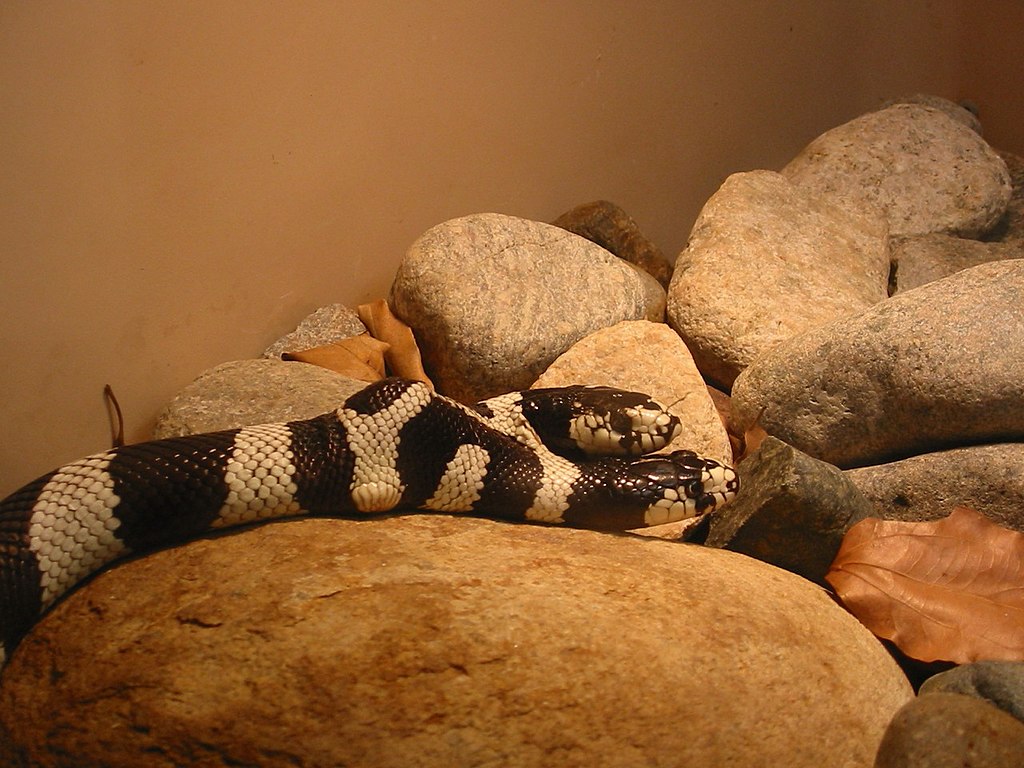
While certain aspects of snake symbolism remain consistent across Native American cultures, significant regional variations reflect different environments, historical experiences, and cultural contexts. Southeastern tribes developed elaborate cosmological systems in which the Upper and Lower Worlds were connected by a great serpent, with social order mirroring this cosmic arrangement. Northwestern coastal tribes incorporated sea serpent imagery into their rich artistic traditions, creating distinctive representations that reflected their maritime environment and resource base. Desert-dwelling tribes of the Southwest emphasized the snake’s connection to precious water sources and rainfall, developing elaborate ceremonial complexes centered on these associations. The environmental context clearly influenced symbolic development, with water snakes predominating in Great Lakes symbolism while rattlesnakes figured more prominently in arid regions where these species were commonly encountered. These regional variations demonstrate how snake symbolism evolved to address the specific challenges, resources, and spiritual concerns of diverse Native American cultural traditions across the continent.
Contemporary Revival of Snake Traditions
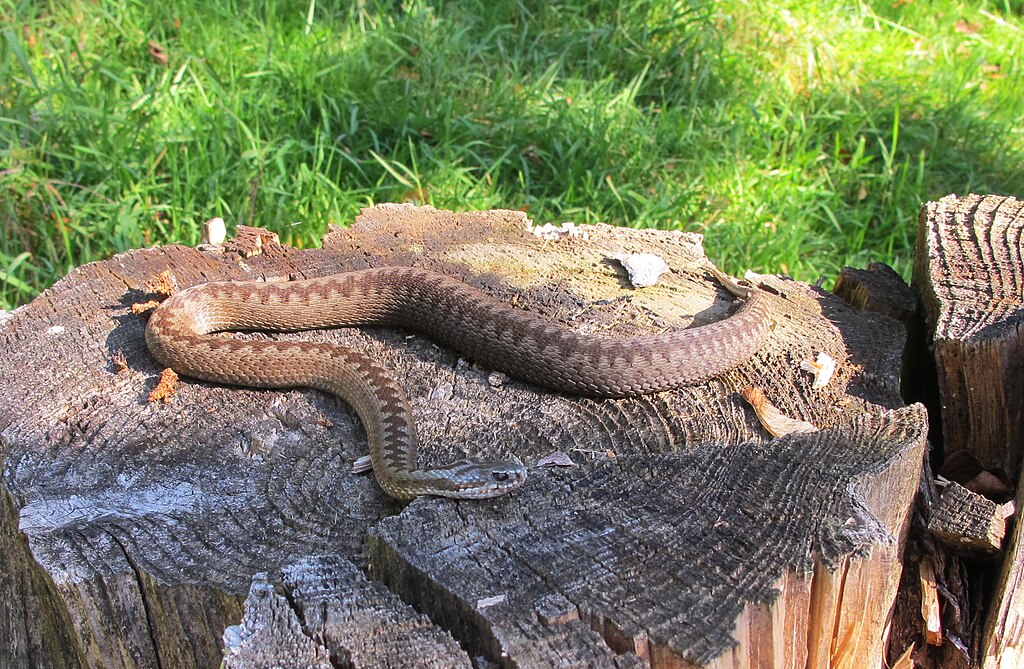
Many Native American communities are experiencing a significant revitalization of traditional spiritual practices that include snake symbolism, adapting ancient understandings to contemporary contexts. Modern Hopi continue the Snake Dance ceremony despite historical pressures to abandon the practice, maintaining this crucial connection to their spiritual understanding of rainfall and agricultural success. Various tribes have incorporated snake symbolism into healing approaches that blend traditional understanding with contemporary wellness practices, finding renewed relevance in ancient associations between serpents and transformation. Native American artists across the continent have reclaimed snake imagery in their work, using these powerful symbols to express cultural identity and continuity while addressing modern concerns about environmental protection and cultural sovereignty. This contemporary engagement with serpent symbolism demonstrates its enduring relevance, as snake traditions continue to evolve and adapt while maintaining connections to foundational cultural understandings about the relationship between humans, nature, and the spiritual world.
The snake’s journey through Native American symbolic traditions reveals much about indigenous relationships with the natural world – relationships characterized by respect, reciprocity, and recognition of the profound connections between all living things. From creation myths to healing ceremonies, from rainfall rituals to artistic expressions, serpent symbolism weaves through the cultural fabric of Native North America with remarkable persistence and adaptability. The snake’s ability to represent transformation, knowledge, danger, protection, and renewal simultaneously speaks to the sophisticated symbolic thinking that characterizes indigenous spiritual traditions. As contemporary Native communities continue to revitalize and reinterpret these ancient understandings, the serpent remains a powerful symbol of cultural continuity and environmental relationship – a sinuous thread connecting past, present, and future generations in their ongoing dialogue with the natural and spiritual worlds.





